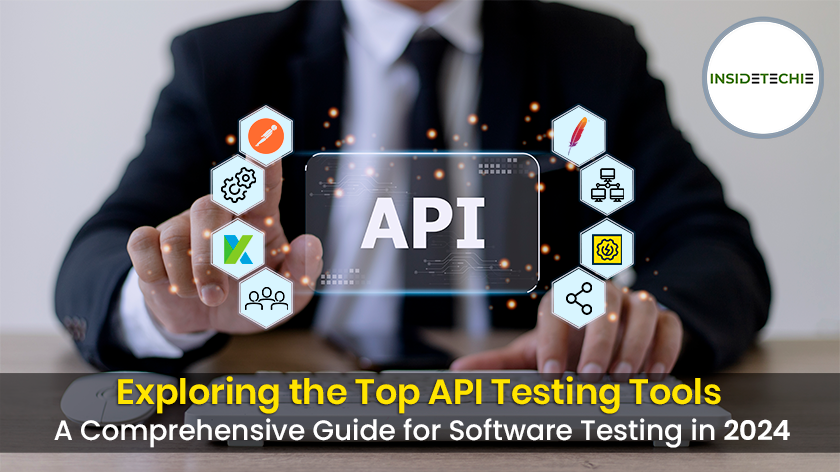What is an API?
Application Programming Interface, or API, is the term used to describe the simple means of communication between two or more computer programs.
While “interface” can be thought of as a service agreement between two programs, “application” refers to any software that has a specified purpose.
Example of API
There are many APIs in various domains: Web APIs, Operating System APIs, Database APIs, Library APIs, Remote APIs, and third-party APIs
How does API testing work?
By using API testing, the QA team may identify and fix problems before they affect production, which reduces project expenses.
Benefits of Testing APIs
- Provides excellent performance
- Makes inventive automation possible
- Encourages higher levels of worker productivity
- reduces mistakes made by people
- Boosts the employer’s reputation
- Improves client satisfaction
The Best Tools for API Testing:
1. Postman: One popular tool for developing and testing APIs is Postman. Sending queries, building and maintaining collections, and executing automated tests are all made easier with its user-friendly interface.
- Support for various HTTP methods
- Easy-to-use graphical interface
- Test automation and scripting using JavaScript
- Collaboration and sharing of API collection
2. Katalon Platform: Katalon Studio, which supports web and API automation, is renowned for its extensive feature set. Both technical and non-technical individuals can use it because it provides a graphical user interface (GUI) for API testing.
Key Features:
- Cross-browser testing
- Keyword-driven testing approach
3. Google Apigee: Apigee is a comprehensive platform for managing APIs, encompassing tools for API design, testing, deployment, and analytics. It is frequently employed to handle the complete API lifecycle.
Key Features:
- API analytics and monitoring
- Security and access control
- Traffic management and caching
4. Apache JMeter: Performance testing is the most popular use case for JMeter, although API testing is also a possibility. To evaluate performance and dependability, users can design test plans and run them against APIs.
5. SoapUI: SoapUI is intended exclusively for SOAP and REST API testing. It provides tools for functional, security, and performance testing and is available in both open-source and commercial editions.
6. BlazeMeter: BlazeMeter is a performance testing platform that also offers API testing capabilities. It allows users to create and execute API tests at scale.
7. Swagger (formerly called OpenAPI): Swagger is a framework for creating APIs rather than a testing tool in and of itself. However, API documentation may be generated and API endpoints tested using tools like Swagger UI and Swagger Inspector.
Conclusion
In simple terms, you’ve listed a bunch of tools for testing computer programs that talk to each other (APIs). These tools help ensure that the communication between different software parts is working correctly. When picking a tool, it’s important to consider what your project needs and what each tool offers. Keep an eye on new tools and updates to stay current with the best options.












